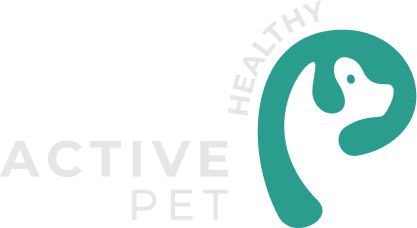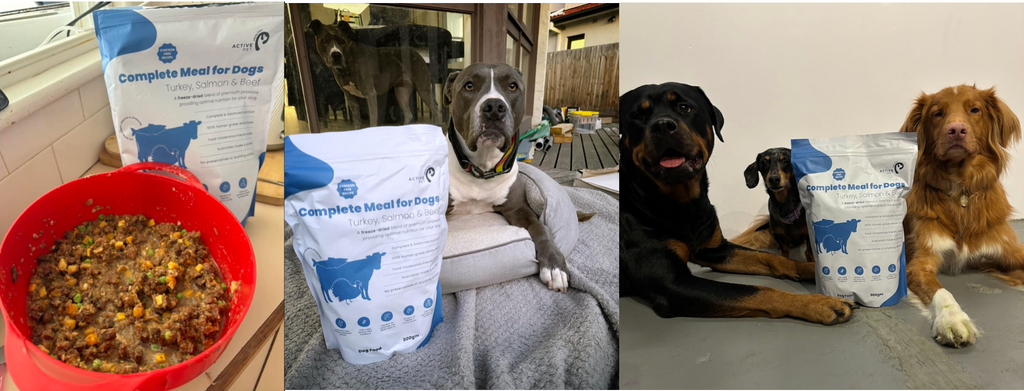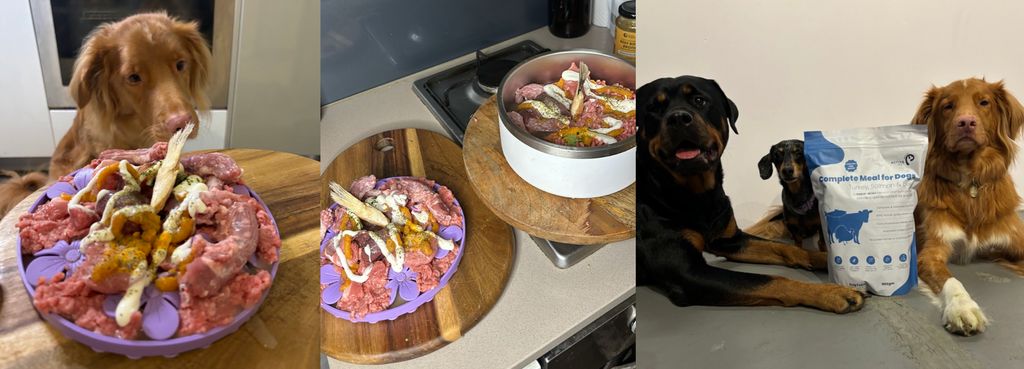
Are bones safe to feed to dogs
Our Pet Nutritionist gives us the low down on feeding bones and dog bones- hear what she has to say below.
"Feeding bones can be a little bit daunting if you are new to fresh foods, especially if you have been warned against it due to the risk of choking, splinters and blockages, or broken teeth.
These are of course things we all want avoid at any cost!
Fortunately, these issues are not guaranteed, but there are risks to feeding bones, and we won’t lie and tell you otherwise.
But these risks can be very well managed, and there are also significant risks to not providing your dog with the benefits that bones provide.
Is a dog bone safe to feed my dog?
Sometimes people who stridently oppose bones also oppose feeding all fresh food diets, and suggest starchy dental sticks and exorbitant routine dental work instead.
In reality, we can find middle ground and learn to feed bones safely, so that our dogs get all of the important benefits without any of the scary stuff.
It is true that a dog could choke on a bone, but this is also true of every other thing they swallow, and if we teach our dogs to chew bones properly it is unlikely.
What dog bones are not safe?
Cooked bones are very dry and can splinter or get stuck if ingested, but this is why we insist that you NEVER feed cooked bones.
Suitable raw meaty bones on the other hand, are quite soft and digestible for a dog.

And if we give bones that are inappropriately hard, like weight bearing bones from large animals, it’s possible to crack a tooth. Selecting the right sized bone for your individual dog’s size and chewing style is an important step to set them up for success.
There are also other risks to consider, including the fact that research shows 80% of dogs over the age of 2 have periodontal disease.
This shocking stat is backed up by one study that found 84% of the beagles who participated and were over the age of 3 had periodontal disease, and one that found 100% of poodles studied over the age of 4 had periodontal disease.
This might not seem like such a big deal – what’s a bit of plaque here and there, all dogs have bad breath, right?
Actually no, but more concerningly is the widely accepted fact that dental disease is linked the progression of systemic illness in the body, including kidney, liver and heart disease, insulin resistance and “overall body inflammation leading to chronic disease processes and an abnormal immune response.”
Not to mention the inevitable life of pain resulting from having a mouth full of rotting teeth and gums.
What about dental sticks as a dog bone?
Contrary to their marketing, kibble, dental sticks and other starch-based food and treats do not clean teeth, but rather they do the exact opposite.
Bones, on the other hand, have been the primary method of preventing dental disease in dogs and wolves for thousands of years.
The reason for this is that dogs don’t tend to properly chew kibble (if you’ve ever seen it come back up it’s almost always still whole), and the pieces are not abrasive enough to remove plaque if they did. If dogs did chew and grind kibble properly, it would turn to a starchy gloop that would stick to their teeth, not clean them.
We don’t brush our teeth with biscuits and neither should your pet.
Similarly, most dental sticks are far, far softer than bones and they can be easily devoured by the strong jaw of even a fairly small dog, in which case they offer virtually no benefits of any kind.
If your dog is a gentler chewed who takes their time with dental sticks, you’ll probably notice that they go soft and gooey from your dogs’ saliva.
While some dental stick do contain active chemical ingredients to prevent plaque, like Sodium Tripolyphosphate (an ingredient commonly used in detergent), the main ingredients are generally cereals and starches.
These ingredients contain no dental benefits at all and turn to sugars during digestion, which is surely the last thing anyone would recommend for dental health. These treats are also often brimming with preservatives, gums, humectants, artificial flavours and inflammatory oils, none of which promote health of any kind, let alone dental.
What about dried dog bones?
Dogs are physically designed to eat bones and with our guidance they can continue to do so safely and get all of the benefits in a domestic setting.
You may wonder if dried bones are a suitable alternative to fresh, and the answer is that it depends. It depends on your dog, on the method used to dry the bone, and the kind of bone it is.
Cooking bones can cause them to become very hard and sharp, and if a dried bone has been preserved using a lot of heat, this may be the result.
Some smaller bones that are gently air-dried using low temperatures may be ok, but we prefer to feed raw bones for the best nutritional and dental outcome, as well as for safety reasons.
Research has found that hard, natural chews like cow hooves offer preventative dental health benefits.
Dogs are physically designed to eat bones and with our guidance they can continue to do so safely and get all of the benefits in a domestic setting.
Can puppies have a dog bone?
These nutrients are required for healthy bone development and strength, especially in puppies.
Puppies benefit from bones enormously, as they supply a perfectly balanced ratio of calcium and phosphorus, which is essential for steady growth. Failing to provide the nutrients contained in bones will quickly lead to nutrient deficiencies and possibly even physical deformities.
Puppies can be weaned into small bones like chicken necks, and this is an excellent way to strengthen their puppy jaw and teach them to gnaw on a meaty bone. Dogs that are introduced to bones from a young age will typically be confident, safe chewers throughout their life.
So how do we do this?
Begin with choosing the right type of bone. Some bones are what we call meaty bones, which are a part of the main meal and fully consumed, adding important minerals like calcium and phosphorus (these are the bones in our Healthy Active Pet recipes).
Other bones are recreational, meaning they’re more of a treat to gnaw on over a few hours or a few weeks, but most likely not ever fully consume. Both provide mental stimulation and assist with dental hygiene.
The right sized bone for your dog will, to an extent, depend on them and their chewing style.
In each situation it is wise to err on the side of larger, as this mean they are unlikely to be swallowed whole and pose a choking hazard.
Some dogs will try to swallow everything whole in a gulp, while others will patiently take their time crunching until they can comfortably and safely swallow. If you have a gulper, you will basically need to teach your dog how to gnaw on bones safely.
To do this, choose a bone that is physically too large to swallow whole and hold it in your hand, forcing them to chew pieces off if they want to eat it.
Over time they will learn this habit and hopefully you will be able to trust them enough to let go. To avoid overfeeding simply take the bone away when they’ve had enough.
Some people find freezing bones before feeding them is a helpful strategy to encourage chewing.
It’s also important to remember that dogs don’t eat the same way we do, and it’s very normal for them to swallow large pieces of food after one or two chomps, and this includes some bones.
Raw meaty bones are surprisingly quite soft and spongey, and no match for the incredibly strong jaws and gastric juices of healthy dogs and cats.
This is why, for larger dogs, it’s usually fine to feed small bones like chicken necks, even if they swallow them virtually whole and without any real chewing at all.
They may not get much dental benefit, but they will obtain important nutrients.
Bones fed as part of a balanced diet, like the ones in our recipes, are an important source of the essential minerals calcium and phosphorus.
These nutrients are required for healthy bone development and strength, especially in puppies. Simply removing these bones from the diet may cause serious nutritional deficiencies over time.
If you’re still not comfortable feeding whole bones, or if your vet has recommended that your dog does not eat raw bones, then select recipes that use a calcium supplement, or invest in a strong meat grinder.
If you are looking for fresh feeding dog food recipes check our huge selection out here




